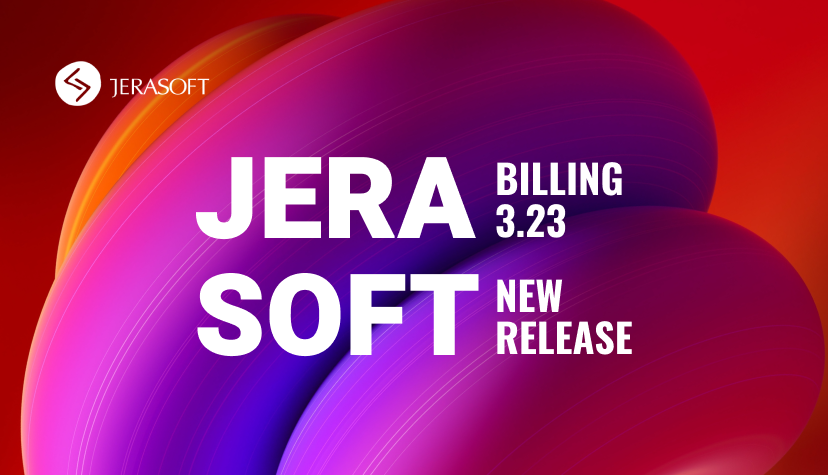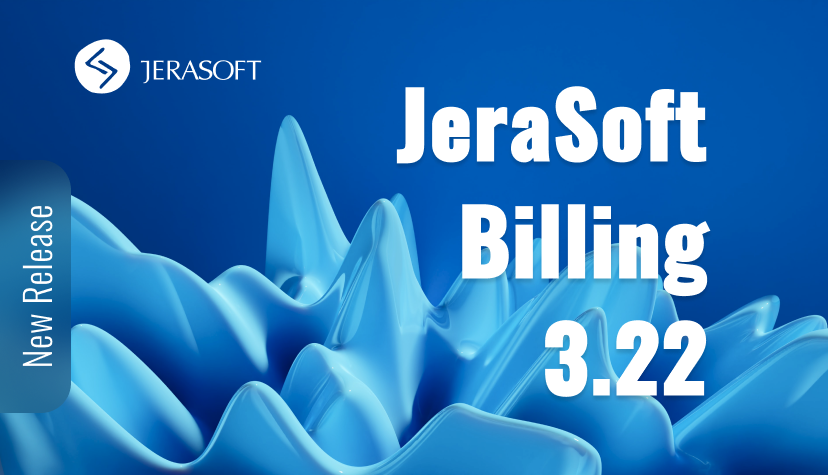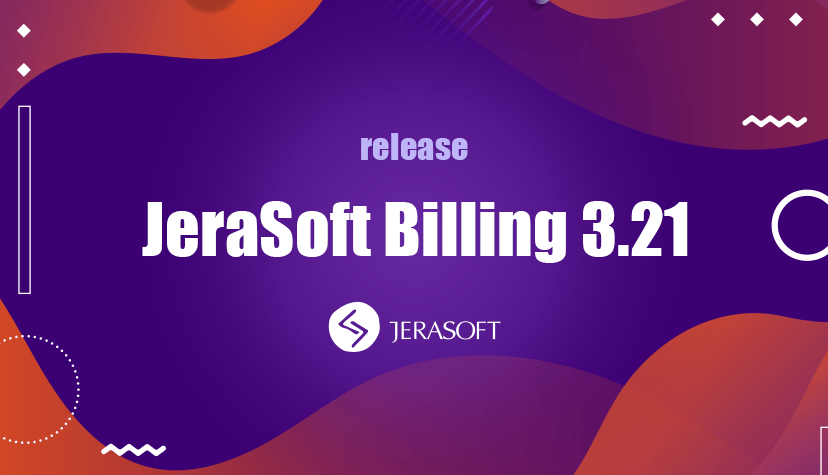This article was updated in 2024
In the past eight years, the telecommunications landscape has undergone significant transformations. The proliferation of smartphones, the rise of over-the-top (OTT) communication services, and the increasing demand for data have reshaped the industry. Consequently, A-number billing has expanded beyond its initial scope to address new challenges and opportunities.




